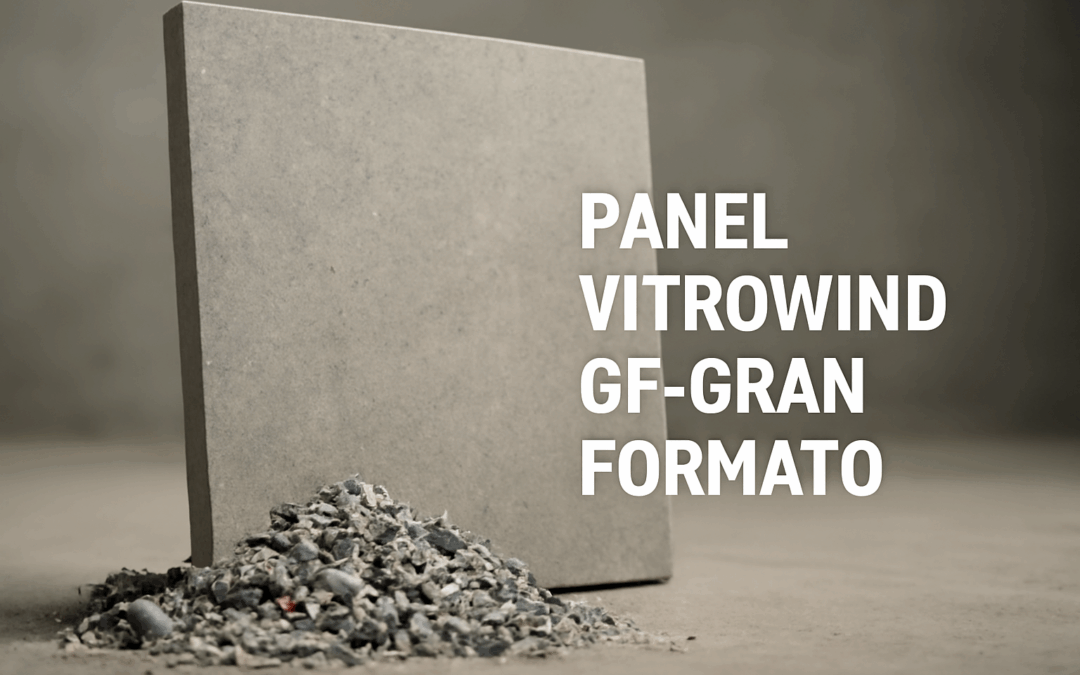With the global wind energy sector experiencing unprecedented growth, a critical challenge has emerged regarding the sustainable disposal of aging wind turbine blades. These structures, built from complex composite materials, are difficult to recycle and often end up in landfills, posing long-term environmental problems. Addressing this, a groundbreaking new technique called vitrification is transforming blade waste into valuable construction materials.
This innovative process begins with mechanical shredding of decommissioned blades, reducing them to manageable forms. Unlike traditional waste streams, these blades are composed of diverse substances including fiberglass, balsa wood, epoxy resins, and paints, making their natural degradation incredibly slow and a potential source of microplastics. The vitrification technique specifically employs alkaline solutions derived from water-soluble natural minerals. This allows the shredded composite grit to be mixed and bonded with expanded natural minerals, creating a homogeneous paste that forms the basis of the new panels.
The resulting VITROWIND GF – LARGE FORMAT PANELS are not just a waste solution; they are high-performance building components. They are compact, lightweight, yet possess high mechanical strength. Crucially, they offer excellent thermal and acoustic insulation, are anti-condensation, and function as fire retardants. With a weight-to-volume ratio of just 650 Kg/m³, they are an impressive four times lighter than concrete, while still being structural and load-bearing. Composed of 60% composite grit from blade offcuts and 40% expanded and vitrified natural minerals, their production adheres to sustainable procedures with low energy consumption, minimal carbon footprint, and strong circular economy principles.
This development is a significant step for the wind industry. As wind farms expand, including large-scale offshore aerogenerators, and older turbines reach the end of their lifespan, the volume of blade waste is set to increase dramatically. This new process not only tackles end-of-life waste but also offers a solution for offcuts and scrap generated during the blade manufacturing process, reducing material losses. As an industry expert might comment, “Effectively closing the loop on blade waste is paramount for the long-term sustainability of wind power. Innovations like VITROWIND provide a vital pathway, transforming what was a landfill problem into a valuable resource and significantly enhancing the sector’s environmental narrative.” These panels are also free from VOCs (volatile organic compounds).
By diverting substantial amounts of composite waste from landfills and turning it into durable, energy-efficient building materials, this technology directly supports the global push towards sustainability. Preventing the slow breakdown of composites into microplastics and enabling circularity in a key renewable industry aligns powerfully with ODS 7 (Affordable and Clean Energy) by addressing the waste challenge of clean energy infrastructure, and ODS 13 (Climate Action) by reducing the carbon footprint associated with both waste management and construction materials production. Imagine the reduction in embodied carbon compared to transporting and using materials four times heavier than concrete!
Could solutions like the vitrification of wind turbine blades represent the next frontier in renewable energy—not just generating power cleanly, but also managing its material lifecycle in a truly circular way? The success of projects like VITROWIND challenges us to rethink waste, viewing it not as an end, but as a beginning for new, sustainable materials.
